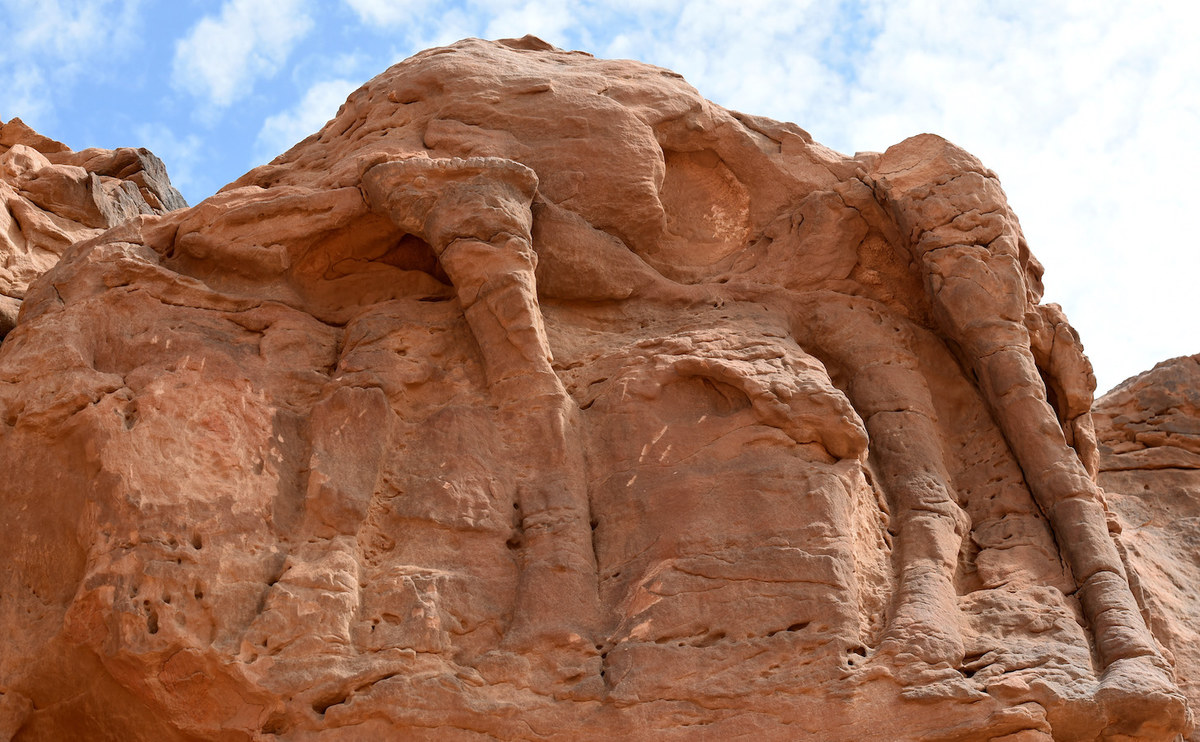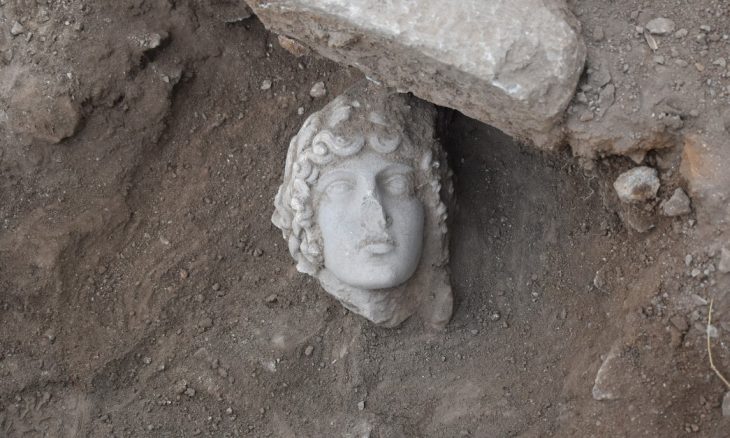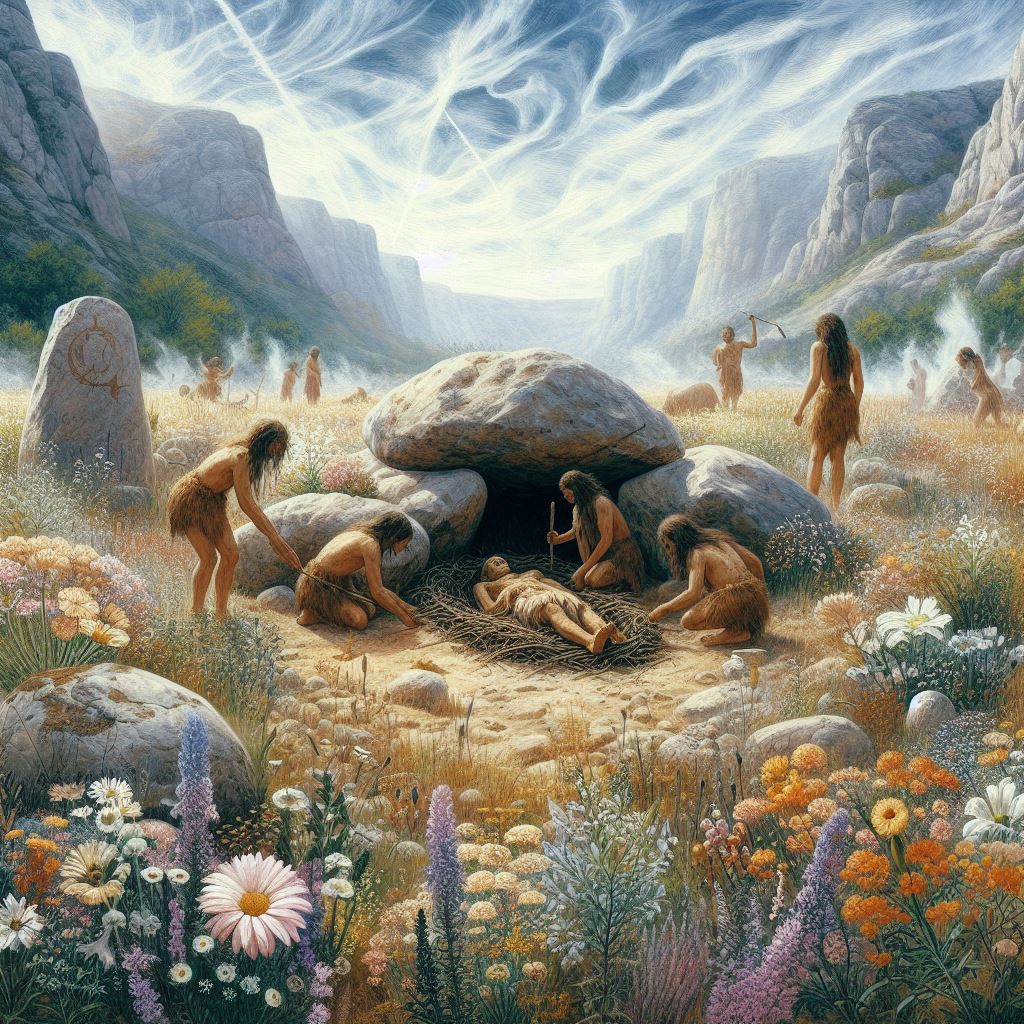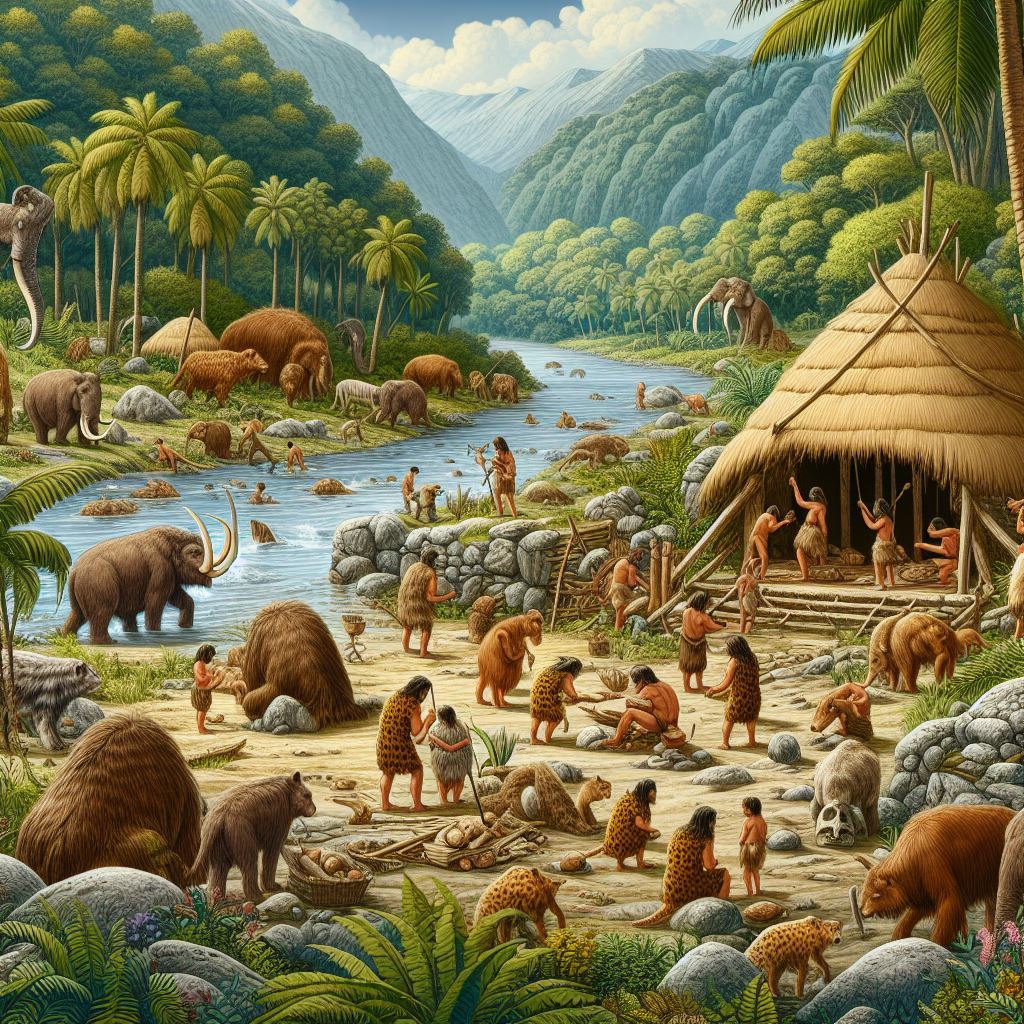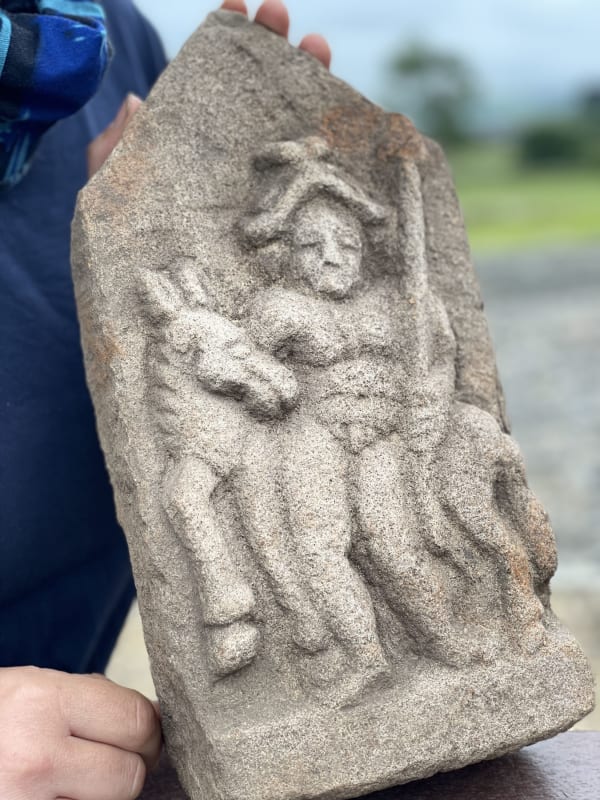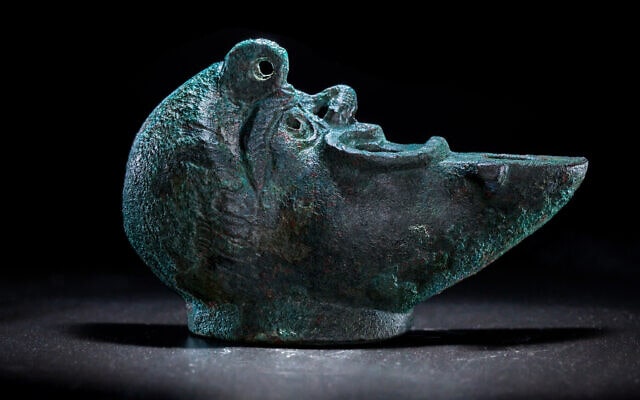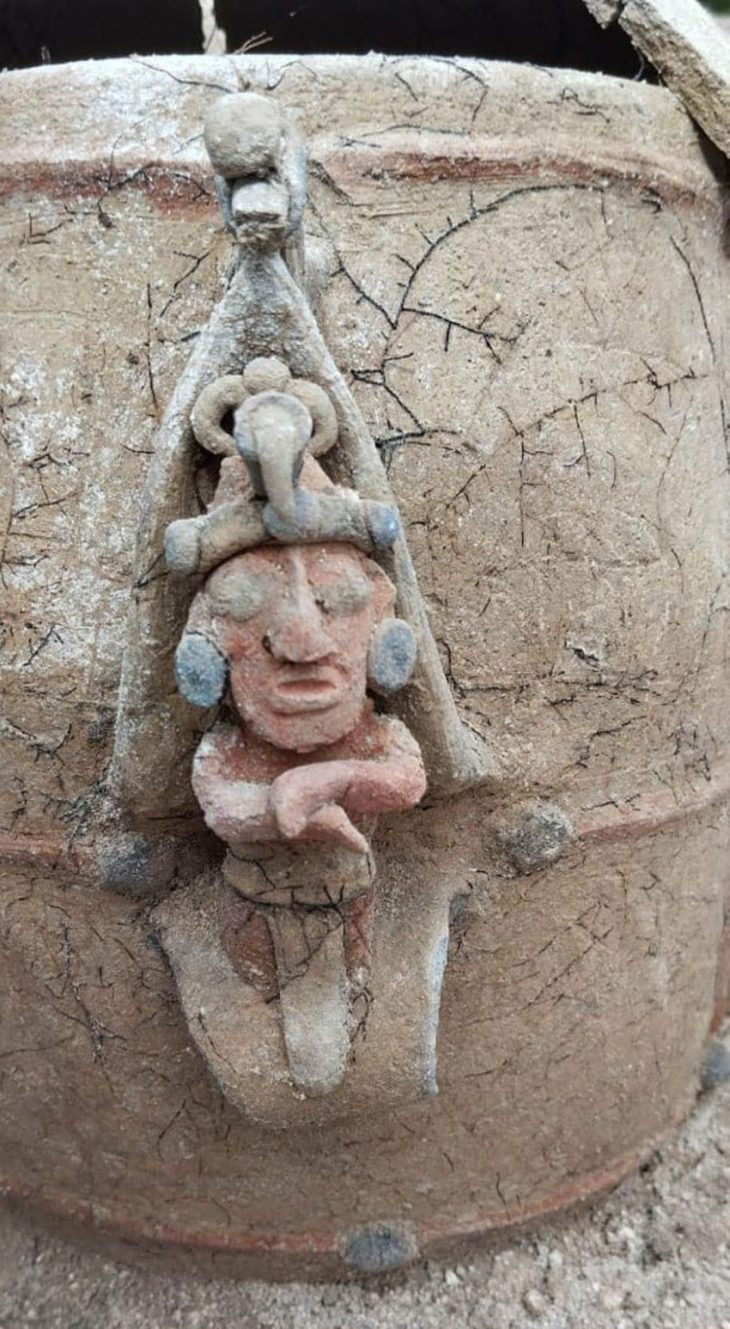Saudi Arabia’s “Camel Site” Dated to 8,000 Years Old, Becomes World’s Oldest Animal Reliefs
Imagine a lush, green landscape where camels roam freely. This wasn’t a mirage, but the reality of Saudi Arabia 8,000 years ago, when a civilization carved life-size animal reliefs into the rock face. These remarkable sculptures, initially thought to be Roman-era creations, have been dramatically aged by a new study, making them the oldest surviving … Read more
